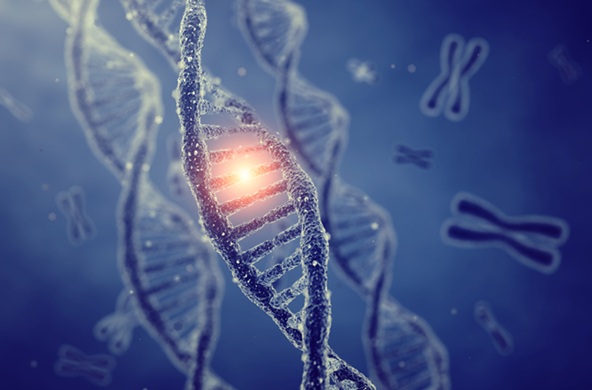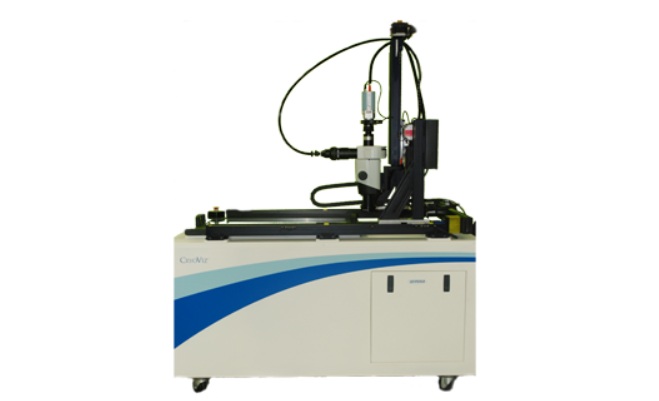New Tool Exposes Hidden Cancer DNA Changes Driving Treatment Resistance
Posted on 07 Aug 2025
Some of the most damaging genetic changes in cancer are also the most difficult to detect. Structural alterations buried deep within a tumor's DNA can drive aggressive growth and evade traditional testing methods, especially when tumor samples are small or degraded. These hidden genomic changes can interfere with accurate diagnosis and hinder the development of effective treatment strategies. Now, researchers have developed a new tool that exposes previously invisible layers of genomic instability and provides insights into how tumors might behave and respond to treatment.
The new tool, named BACDAC, has been developed by researchers at Mayo Clinic (Rochester, MN, USA) to identify signs of genomic instability using whole-genome DNA sequencing, even in low-purity or low-coverage tumor samples. At the heart of BACDAC's functionality is the concept of ploidy, or the number of complete chromosome sets in a cell. While healthy cells contain two sets of chromosomes, cancer cells often exhibit abnormal changes such as whole-genome doubling, a phenomenon that disrupts chromosomal balance and enables uncontrolled tumor growth.

BACDAC also features a unique visual interface known as the Constellation Plot, which provides a clear and intuitive summary of a tumor’s genomic landscape, helping pathologists and researchers determine whether a tumor’s chromosomes are stable or disrupted. The researchers validated BACDAC by applying it to over 650 tumors across 12 different cancer types. The findings, published in the journal Genome Biology, show that the tool successfully detected indicators of whole-genome doubling, a structural abnormality frequently associated with aggressive tumors and resistance to therapy.
The team now plans to further validate BACDAC and develop it into a clinically deployable diagnostic platform. By offering a clearer view of complex genomic alterations, this tool could inform more personalized cancer treatments and improve outcomes for patients facing hard-to-treat cancers.
"This tool lets us see a layer of the genome that's been invisible until now. We've spent decades studying the biology of genomic instability. This is the first time we've been able to translate that knowledge into a tool that works at scale, " said George Vasmatzis, Ph.D., lead author of the study.
Related Links:
Mayo Clinic














